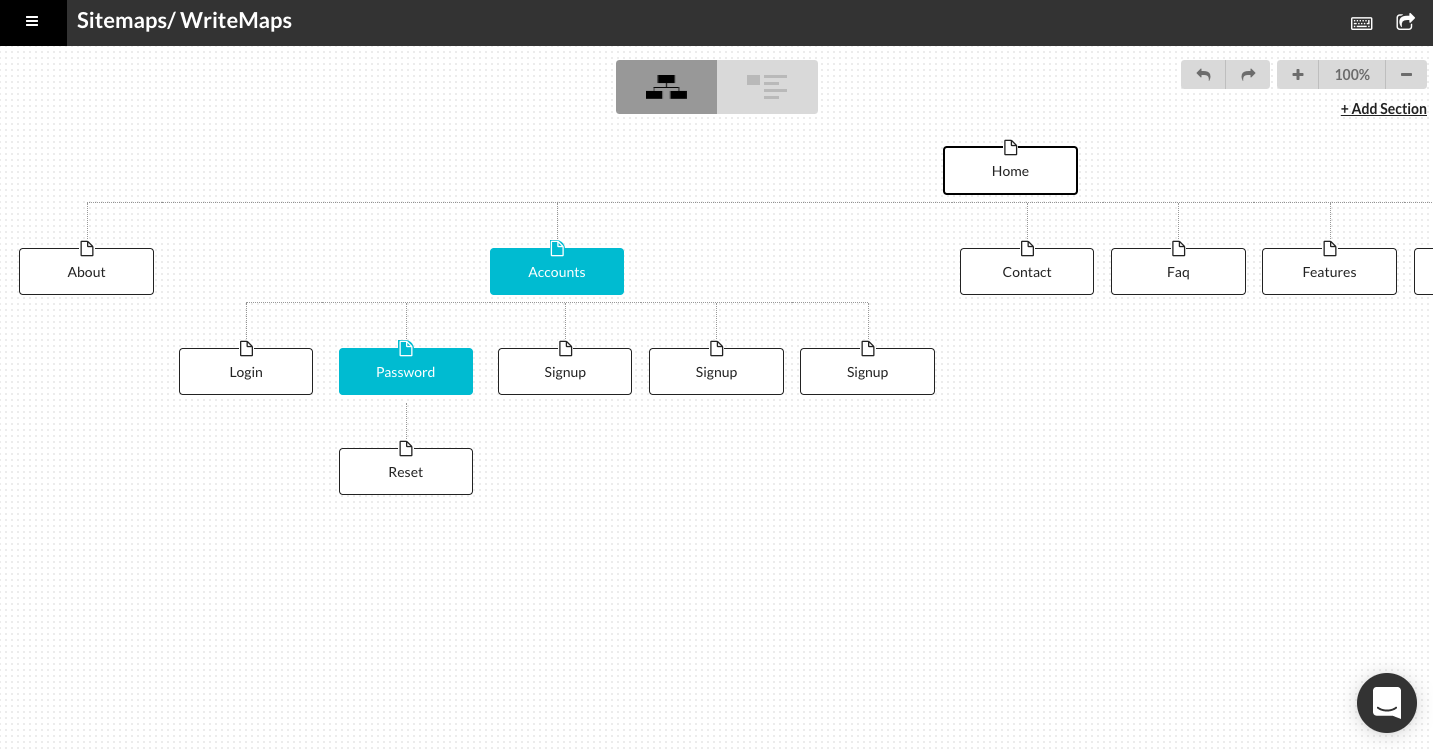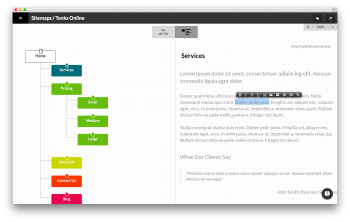

- #CREATING A SITEMAP USING A1 SITEMAP GENERATOR GENERATOR#
- #CREATING A SITEMAP USING A1 SITEMAP GENERATOR FREE#
What to Do With Your Sitemap Once You Have It Once you’ve gone through the process of setting up your preferences, click Next to generate your sitemap. But it also gives you options to choose which types of pages to include and exclude, as well as the ability to set priority levels for different pages. The tool will automatically include most of the important pages on your website.

Once the tool shows that the crawl has reached 100%, click on Sitemaps in the menu, and XML Sitemaps, in the dropdown. You’ll get a menu that looks like this: Open it, type in your website where it says “enter URL to spider,” then click the Start button. If your site has more than 500 pages you’ll want included in the sitemap, they offer a premium version of the tool you can use.
#CREATING A SITEMAP USING A1 SITEMAP GENERATOR GENERATOR#
Screaming Frog offers an automatic sitemap generator for websites of up to 500 URLs. If you’re reading this post and you don’t use WordPress, you may be feeling left out. Once the AIOSEO plugin is installed and activated within WordPress, you can make sure it’s set up to automatically create sitemaps by clicking on All in One SEO in the WordPress menu, clicking on Sitemaps, and checking that the Enable Sitemaps button on the page is toggled on. The plugin provides dynamically generated sitemaps that are always current, and automatically updates Google and Bing with the up-to-date sitemaps.
#CREATING A SITEMAP USING A1 SITEMAP GENERATOR FREE#
As with Yoast, the SEO plugin offers both free and premium versions that include a number of SEO features, and the sitemap generator is included with the free version. AIOSEO PluginĪnother option for WordPress users is the All in One SEO plugin (commonly shortened to AIOSEO). Confirm that it’s set to On, or click on it to change the setting if it’s not. Simply click on SEO in the side menu of WordPress, choose the Features tab, then scroll down to where you see the XML sitemaps option. Once you’ve downloaded and activated the plugin, you can set it up to create sitemaps automatically. If you use WordPress, the free version of the Yoast plugin provides a feature that creates an XML sitemap for your website. Now that you’ve accepted that this is one more item to add to your to-do list, the good news is that a number of tools are available that make creating a sitemap relatively easy. Hopefully, all of your visitors will find your website so intuitive that they never need to use the sitemap, but it never hurts to offer an additional option just in case. Creating an HTML sitemap can be useful to website owners for staying on top of organizing your website as it grows-it’s a way for you to see all the pages you have in one document, and identify relationships between those pages.Īnd providing a link to your sitemap to your site (possibly in your footer) provides an extra navigational tool for website visitors. Creating and submitting a sitemap to Google can speed up the process of getting your pages to show up in search.īut sitemaps can also have uses beyond algorithms and technical SEO. But the web is vast, and as powerful as search engine algorithms may be, crawling the entire web is a huge task.Ī sitemap makes it easier for search engines to see what pages are on your website, which are the most important to prioritize in their crawl, and some basic information about what’s included on those pages.

Search engines find pages to include in search results by crawling the web to see what’s out there. The main reason to create a sitemap for your website is for SEO (search engine optimization) purposes. You can also create an HTML (hypertext markup language) sitemap, which is more useful for humans. The most common format for sitemaps is XML (extensible markup language), which is the easiest type to submit to Google. A sitemap is a file that details information about the pages and files on your website and how they relate to each other.


 0 kommentar(er)
0 kommentar(er)
